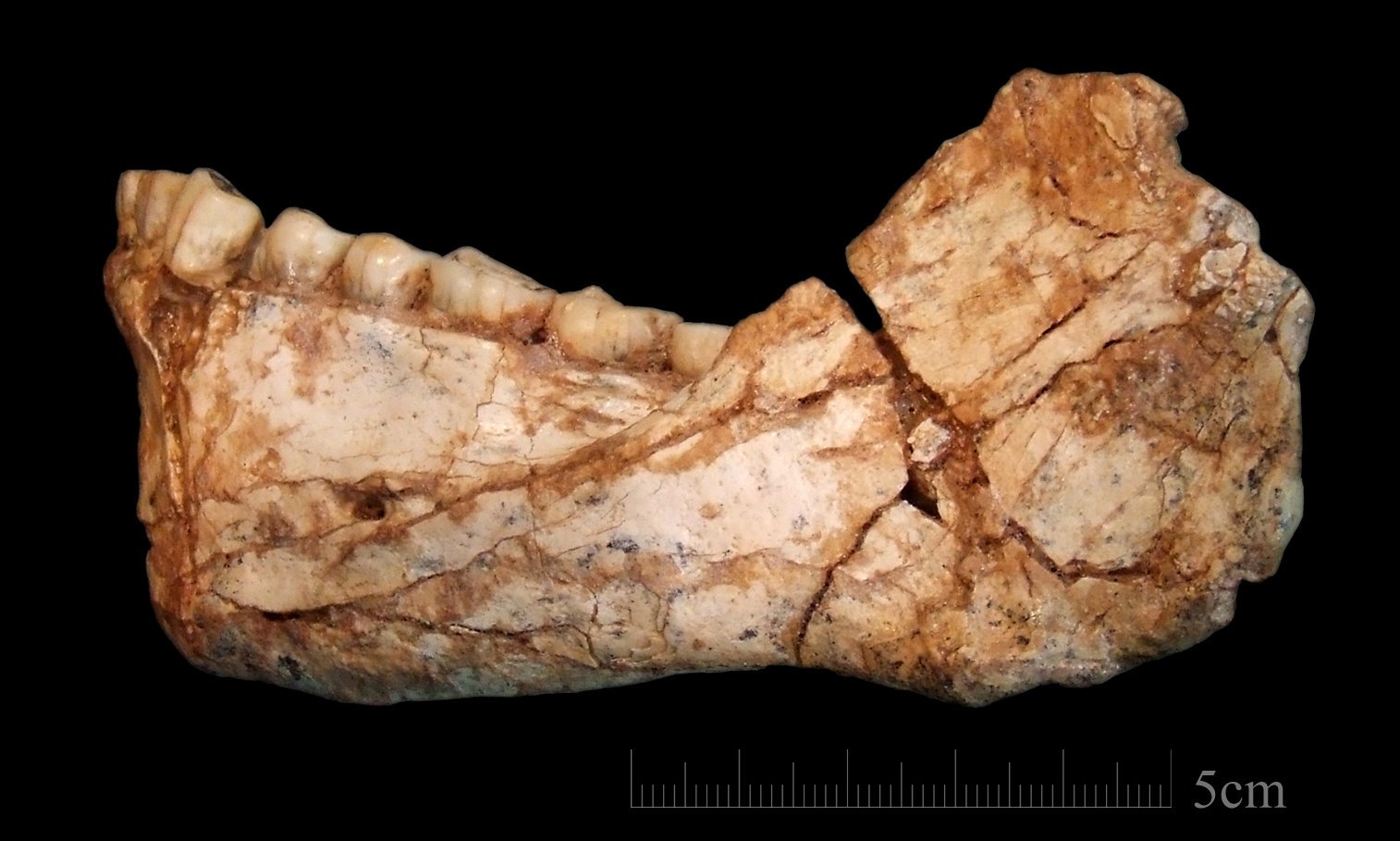Oldest Fossils of Homo Sapiens Found in Morocco, Altering History of Our Species

Fossils discovered in Morocco are the oldest known remains of Homo sapiens, scientists reported on Wednesday, a finding that rewrites the story of mankind’s origins and suggests that our species evolved in multiple locations across the African continent.
“We did not evolve from a single ‘cradle of mankind’ somewhere in East Africa,” said Philipp Gunz, a paleoanthropologist at the Max Planck Institute for Evolutionary Anthropology in Leipzig, Germany, and a co-author of two new studies on the fossils, published in the journal Nature. “We evolved on the African continent.”
Until now, the oldest known fossils of our species dated back just 195,000 years. The Moroccan fossils, by contrast, are roughly 300,000 years old. Remarkably, they indicate that early Homo sapiens had faces much like our own, although their brains differed in fundamental ways.
Today, the closest living relatives to Homo sapiens are chimpanzees and bonobos, with whom we share a common ancestor that lived over six million years ago. After the split from this ancestor, our ancient forebears evolved into many different species, known as hominins.
For millions of years, hominins remained very apelike. Th
ey were short, had small brains and could fashion only crude stone tools.
Until now, the oldest fossils that clearly belonged to Homo sapiens were discovered in Ethiopia. In 2003, researchers working at a site called Herto discovered a skull estimated to be between 160,000 and 154,000 years old.
Continue reading the main story
Matter
Matter. It’s the stuff of everything — large and small.
Genes for Skin Color Rebut Dated Notions of Race, Researchers Say
OCT 12
A ‘Sonic Attack’ on Diplomats in Cuba? These Scientists Doubt It
OCT 5
Ancient Viruses Are Buried in Your DNA
OCT 4
Clues to Africa’s Mysterious Past Found in Ancient Skeletons
SEP 21
Climate Change Threatens the World’s Parasites (That’s Not Good)
SEP 13
See More »
RECENT COMMENTS
Zoe H. June 9, 2017
Heating flint makes the material less likely to fracture. Is it possible, rather than an accident that caused the flint blades to be burnt,...
Rich June 9, 2017
What does radiocarbon dating give as the age? I've never heard of thermoluminescence for dating fossils.
Yankelnevich June 9, 2017
It is astounding to consider that our species is now at least 300,000 years old.That is 15,000 generations. Complex civilizations only...
SEE ALL COMMENTS
A pair of partial skulls from another site, Omo-Kibish, dated to around 195,000 years of age, at the time making these the oldest fossils of our species.
Findings such as these suggested that our species evolved in a small region — perhaps in Ethiopia, or nearby in East Africa. After Homo sapiens arose, researchers believed, the species spread out across the continent.
Only much later — roughly 70,000 years ago — did a small group of Africans make their way to other continents.
Yet paleoanthropologists were aware of mysterious hominin fossils discovered in other parts of Africa that did not seem to fit the narrative.
In 1961, miners in Morocco dug up a few pieces of a skull at a site called Jebel Irhoud. Later digs revealed a few more bones, along with flint blades.

Using crude techniques, researchers estimated the remains to be 40,000 years old. In the 1980s, however, a paleoanthropologist named Jean-Jacques Hublin took a closer look at one jawbone.
The teeth bore some resemblance to those of living humans, but the shape seemed strangely primitive. “It did not make sense,” Dr. Hublin, now at the Max Planck Institute, recalled in an interview.
Since 2004, Dr. Hublin and his colleagues have been working through layers of rocks on a desert hillside at Jebel Irhoud. They have found a wealth of fossils, including skull bones from five individuals who all died around the same time.
Just as important, the scientists discovered flint blades in the same sedimentary layer as the skulls. The people of Jebel Irhoud most likely made them for many purposes, putting some on wooden handles to fashion spears.
Many of the flint blades showed signs of having been burned. The people at Jebel Irhoud probably lit fires to cook food, heating discarded blades buried in the ground below. This accident of history made it possible to use the flints as historical clocks.
Dr. Hublin and his colleagues used a method called thermoluminescence to calculate how much time had passed since the blades were burned. They estimated that the blades were roughly 300,000 years old. The skulls, discovered in the same rock layer, must have been the same age.
Despite the age of the teeth and jaws, anatomical details showed they nevertheless belonged to Homo sapiens, not to another hominin group, such as the Neanderthals.
Resetting the clock on mankind’s debut would be achievement enough. But the new research is also notable for the discovery of several early humans rather than just one, as so often happens, said Marta Mirazon Lahr, a paleoanthropologist at the University of Cambridge who was not involved in the new study.
“We have no other place like it, so it’s a fabulous finding,” she said.
The people at Jebel Irhoud shared a general resemblance to one another — and to living humans. Their brows were heavy, their chins small, their faces flat and wide. But all in all, they were not so different from people today.
✌✌👍
Bravo
Congratulations @alielg! You have completed some achievement on Steemit and have been rewarded with new badge(s) :
Click on any badge to view your own Board of Honor on SteemitBoard.
For more information about SteemitBoard, click here
If you no longer want to receive notifications, reply to this comment with the word
STOP